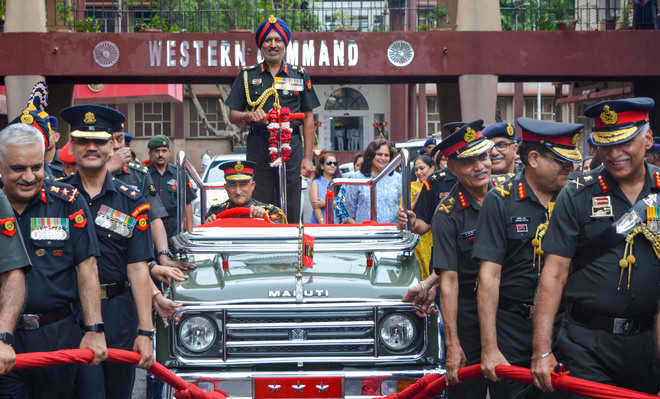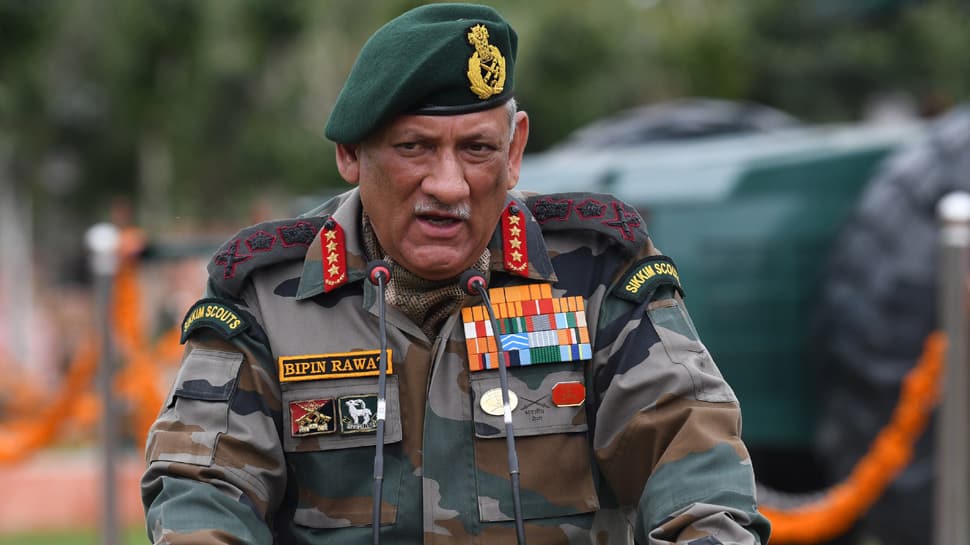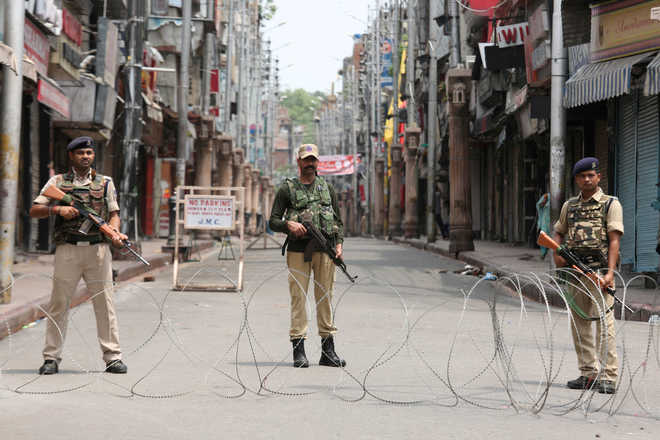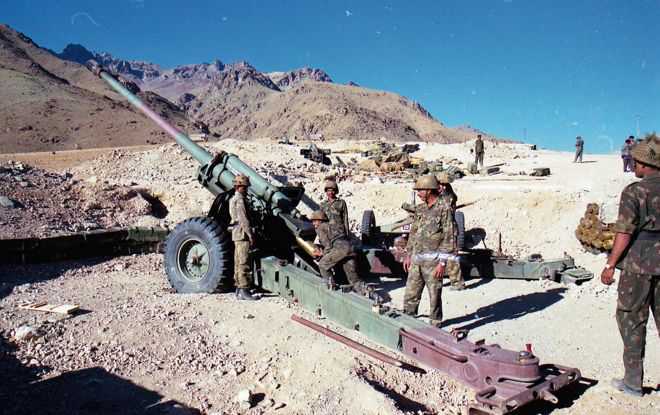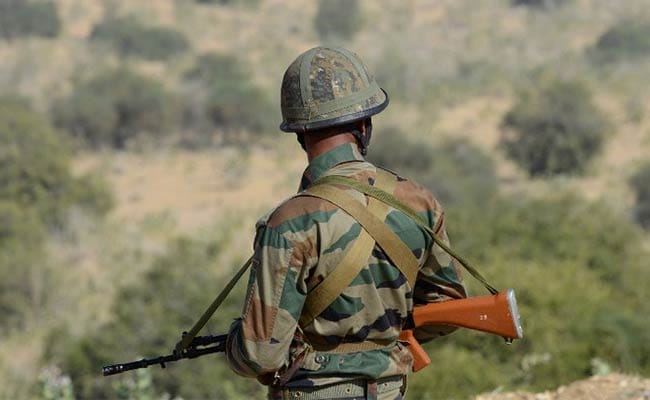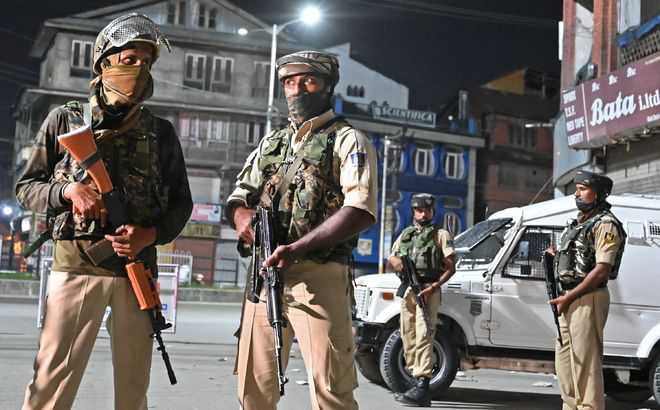
Much has been said over the past few weeks about the National Defence Academy, which annually trains about 400 cadets who go on to join their respective services in the Indian armed forces. The academy became a topic of debate following an article in ThePrint discussing all that ails the institution. While the article seeks a review of the academy’s functioning at various levels, its most pressing concern was the extreme forms of punishment meted out to cadets. The piece argued that breaking the will of the cadets to ensure discipline is no longer the need of the day.
But an interesting view already existed, one that became clear as I spoke to several officers, both serving and retired, at all levels. There is an overall consensus that physical and mental toughening of the cadets is necessary because it is an essential aspect of the ‘breaking-in’ process at the National Defence Academy (NDA).
A young officer believes that it was the ‘unofficial punishments’ that prepared him to meet the physical standards expected of him later on. A mid-level officer feels that there is a need for soldiers who have the wherewithal to gut the enemy. These soldiers must bleed themselves first and be a qualified technocrat later. A serving officer, who was an instructor at the NDA, seemed convinced that the training is still ‘inadequate’ and that the ‘ragda’ should in fact increase.
lso read: Outdated courses to rampant ragging: Why India’s National Defence Academy needs urgent help
Toughen up
ThePrint article flagged the NDA’s training methodology, particularly the excessive “ragging” of cadets. Unofficial toughening in the NDA is broadly categorised as ‘constructive’ and ‘non-constructive’. The former includes interventions that ultimately increase physical fitness. However, the latter, which can cause bodily damage, is to an extent a matter of concern.
The majority view on this is that the ‘non-constructive’ toughening needs to be supervised by trained instructors with the maturity and knowledge to contain injury. Conversely, there are others who have come through the same route and see nothing wrong in it. They feel that ‘non-constructive training’ is on a decline. These aspects have been reviewed and physical assault, which was once prevalent, is no longer acceptable.
A very senior and respected veteran officer pointed out that there are cadets who may not have played organised outdoor games before joining the NDA. There are differing levels of fitness because cadets come from diverse backgrounds, including the Rashtriya Indian Military College (RIMC), the Sainik Schools, and non-military schools. The ethos and mindsets they bring in differ, and hence, a process to bring everyone to the same level is required.
In order to prepare a large group of young people for a profession that demands extreme obedience, mental strength, and physical capability in the face of battle, toughening is necessary.
Recounting his first evening at the NDA, the young officer mentioned above said that a senior came to his room and made him do push-ups. His arms started trembling after seven, and he could do just about two chin-ups. Mandatory tests called for 25 push-ups and six chin-ups. After a year-and-a-half, this officer said he could do 65-70 push-ups and 25-odd chin-ups, and he was very sure that it wasn’t the structured physical training exercises that had helped him achieve this.
The mid-level officer believes the NDA’s role needs to be understood in totality. Irrespective of technology, the man behind the machine will continue to fight battles and it is his mettle that will win battles. The officer, who was earlier an NDA instructor, said there is plenty of time to make officers tech-savvy but just three years to groom them and instill confidence in them. The physical and mental toughening instills the strength and the ability in them to continue to excel even when the chips are down.
Also read: CBI raids on defence academy show military education system needs fixing
Cyber warfare for teens is a stretch
When it comes to curriculum, it is not just the NDA’s but the syllabus at Sainik Schools and other feeder military and non-military schools that need revamping. While there is a need to update the academic syllabus, it does not need to be at the cost of mental, physical, or psychological toughness. Discipline, awareness, fitness, and marksmanship are of priority. The emphasis is on keeping the cadets on their toes, breaking down the inhibitions they possess as teenagers, and making them mentally tough to excel under pressure. There is a need for almost robotic and instant obedience to orders and instructions. In an operational scenario, this is a great asset in a soldier.
While not espousing that cadets be turned into zombies, analytical and other nuances of leadership and decision-making processes must follow and not precede the physical and mental strengthening that is vital for leaders taking troops into battle. While the curriculum needs to be reviewed in keeping with the dynamic and evolving needs of present-day military requirements, insistence on including sophisticated technology is a stretch.
Computer education is anyway being imparted to the cadets. Considering the different backgrounds and education levels of the cadets, giving everyone a basic understanding of computers is more essential than teaching 16 to 19-year-olds about cyber warfare and asymmetric war. No amount of generic technology training can prepare a soldier to absorb unrelated and unpredictable technology, which he may be exposed to two decades later in his service. Some officers whose children are currently at the NDA, while agreeing with the need for physical and mental toughening, are worried about putting untrained senior cadets in charge of these exercises.
Also read: For Army Training Command, location is least of its problems
Not just NDA’s infrastructure
Issues raised in ThePrint article about the deterioration in infrastructure is a fact. But it is probably a part of the larger malaise of shrinking funds for training institutions. There is no doubt that the methodology and the system of training need a review at all armed forces’ institutions, including the Indian Military Academy (IMA) and the Officers Training Academy (OTA). There is no taking away from the fact that the NDA, like any other institution, is a dynamic entity and has to evolve with time. While the overall sentiment is that it serves the purpose for which it was set up, there is a definite need for high-quality instructors, both civil and military.
While agreeing with all that has been said, when a critique of an institution is put out on a public platform for debate, it is natural for its alumni to go on the defensive. The life-long bonding that is formed during the intense mental and physical engagement between the cadets is unparalleled, say most officers I spoke to. A large part of the defensive reaction to the criticism comes from this ownership and bonding.
Excellence is a constantly evolving paradigm. All centres of excellence need a conscious effort to retain the unique proposition that went into establishing them. Open, constructive debates only strengthen these institutions, but the platform for such debates needs to be chosen carefully to involve all concerned in a meaningful conversation.
The author is a former civil servant and has worked with the ministry of defence. Views are personal.
